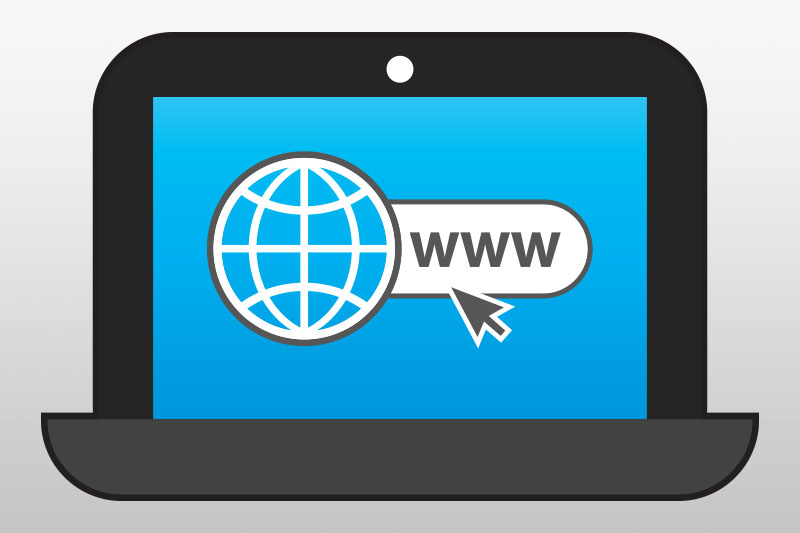By Michelle Mittelman, Acculynx.
CRM platforms have evolved into a critical tool for roofers and exterior contractors when it comes to managing and organizing the processes associated with owning and running a service-based contracting business. Expanded features have given roofers the ability to create estimates and contracts, manage production calendars, order measurements and materials, and communicate more effectively across teams.
All of this functionality yields an overwhelming amount of job data that is collected and stored within a CRM. However, most roofing CRM’s offer little to no customization of reporting features, making it difficult to garner insight, visualize and disseminate this information to their teams. As a result, in an effort to combat this lack of data accessibility, roofers often run multiple reports across several platforms in order to see the information they need.
The ability to structure, customize and analyze data within a CRM is the most important tool that a roofer can leverage to make actionable decisions, strategize future production and gain a competitive edge.
Every company is different; roofers service different markets, use different materials and offer various additional exterior trades. The data that is important to one business may not have as great an impact on another when it comes to making decisions that affect the bottom line.
The ideal format of data output and the way that information is analyzed and applied to overall business strategy is so varied, that roofers cannot always rely on static reports to see viable results.
Reporting solutions for roofers need to be flexible.
The ability to create detailed reports, as well as the ability to manipulate the way that the data is grouped, calculated, displayed and shared needs to be customizable.
For example, a company may need to create a sales report for different material lines, or even get as granular as shingles sold by color. Other companies may need to report on the ROI of shingle recycling programs, or rebate offers year over year in order to better understand their overall performance.
Roofers need to be able to see their data to understand it.
The ability for roofers to easily visualize their data is another critical function of reporting. Dashboards can help roofers quickly see and understand high level key performance indicators. The ability to customize dashboards for specific teams or set permissions allows everyone to understand and measure their own success in correlation to the company.
Data should not live in a silo.
The data compiled in your CRM is only useful if it’s being shared with the people who need to see and understand the information. The ability to automatically share detailed reports, dashboards and analytics with your project managers, team leads and sales are critical when it comes to providing transparency and aligning department goals with those of your business. When key employees have access to these reports, they are better able to make adjustments to their strategies, analyze employee performance metrics, and identify existing issues and opportunities.
Successful roofers see the value that comes from understanding business performance. The ongoing ability to monitor reports drives meaningful changes, and ultimately contributes to revenue growth.




